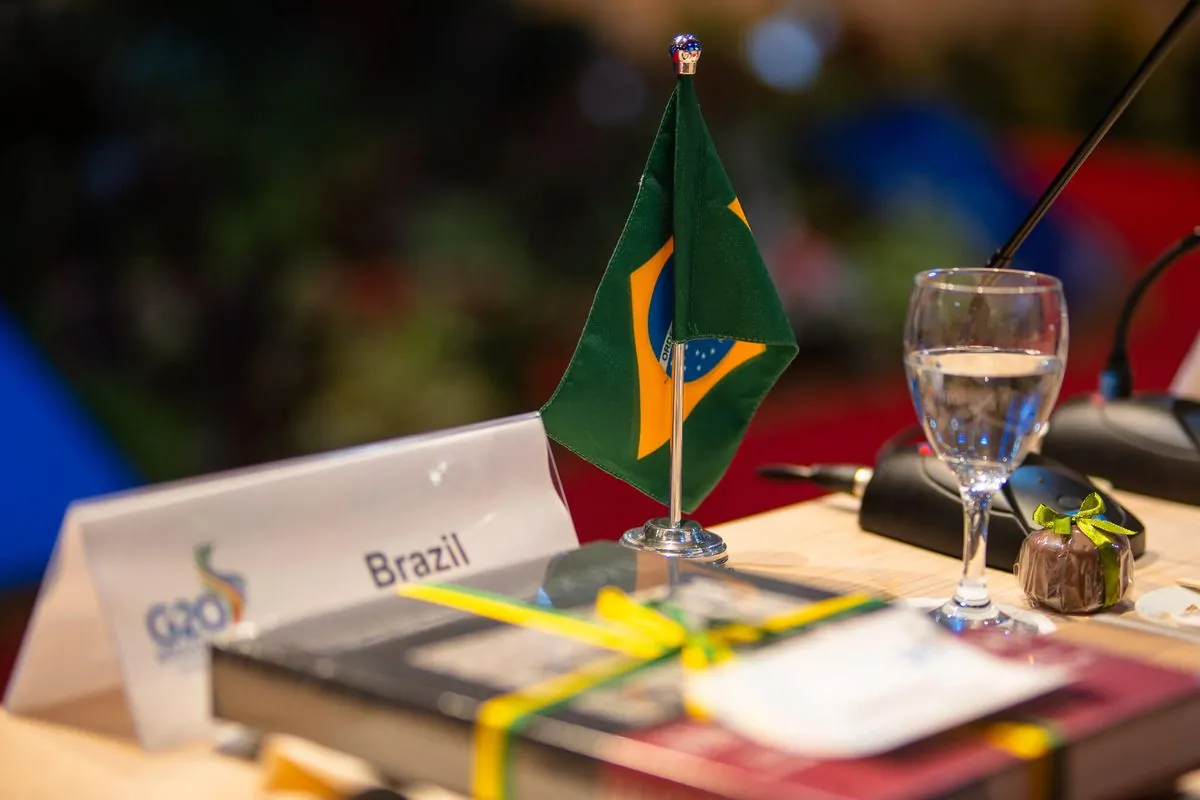The upcoming G20 meeting in Rio brings fresh dynamics with Donald Trumpʼs electoral success‚ marking shift in global team-work patterns. The forum - which includes 19 countries plus EU and AU - stands at cross-roads between old and new ways of world cooperation
The group splits into three main blocks: west (US and allies)‚ east (Russia and China)‚ and south (from Latin-America to Asia-Pacific). With east-west issues getting complex‚ south-side countries become key players in finding common ground; many of them like India and Indonesia being USʼs good partners
The current leadership trio (Lula da Silva‚ representing Brazil-India-South Africa) puts focus on:
- Fighting world hunger
- Reducing money gaps
- Making development steady
- Re-doing how global money-banks work
Trumpʼs past G20 record shows more involvement than many think. During 2017-19‚ he went to all meetings‚ backed womenʼs programs and even joined climate talks. When covid hit about 4 years ago‚ he supported quick G20 response - though later US kept too many shots for itself
The G20ʼs loose setup fits well with America-first style: no permanent office‚ no binding rules‚ and chance for one-on-one talks (which Trump likes). Big south-side countries feel good here too - no veto powers exist and they make up half the group
Money stability‚ bank changes and digital systems could be areas where US and south-side can work together. Debt problems give Washington chance to team up with south countries‚ as Chinaʼs money-lending practices dont always match their needs. India and Brazilʼs digital payment systems show good results; theres no reason US shouldnt back such progress
